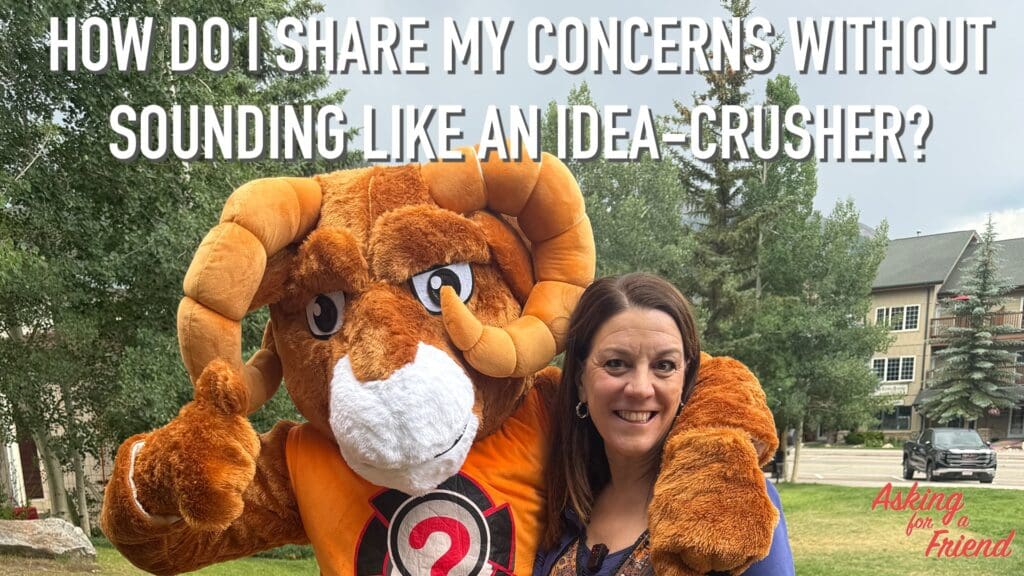Force Field Analysis is a well-tested change management technique developed by Kurt Lewin in the 1950s. It’s brilliant in its simplicity. Define a problem (or change) and the desired state. Identify all the forces for and against your efforts. Develop plans to maximize the good and minimize the bad. The technique works best in small groups (less than 12) and can be applied to any decision or change effort.
Force Field Analysis as Teambuilder
When you’re trying to fix a team. There are always factors working for you and against you. Secret force fields undermine your efforts. Make the hidden forces known. Make the force be with you.
I use Force Field Analysis to build teams. It gets people talking about specific issues. Tangible actions emerge quickly. Warning, it can get deep fast, so be sure your team is ready to talk. You may want to use someone from HR or an outside facilitator to help. For added fun, add lightsabers.
Here’s how
- Define a problem your team is facing (i.e. we don’t help one another)
- Determine your ideal state (i.e. we would proactively support one another)
- Identify Driving Forces (i.e. we “want” to help, we have a common vision, some people help)
- Identify Restraining Forces (i.e. we’re all so busy, we aren’t co-located, I can’t trust that others will reciprocate)
- Prioritize the issues in terms of magnitude (i.e. trust is the fundamental problem, made worse by being a remote team).
Sometimes it’s good to stop here and then take each issue one-by-one in shorter follow-up sessions - Talk about the salient issues (this may take multiple sessions, that’s just fine)
- Identify your action plan with measures of success
- Follow-up to assess progress
Give it a try. Let me and the LGL community know how it goes.







Has this kind of approach been used in other fieds besides teams? Anybody know?
Anne, yes! Actually it’s not normally a team building exercise (that was my spin). It’s most frequently used in change and project management circles. Are you considering using it?
I think it is interesting from a community change perspective. Perhaps it can help us as we tackle issues at the community level.
Anne, it would be perfect for that.
This is a great tool to get folks talking and to also observe how they feel about items on the list.
I also think Karin’s explanation of it is actually better than her links. One of the videos suggests that after you have voted, a go/no go decision is made. I don’t think its best used for decision making in this way. You will end up with a group of ‘haves’ and a group of ‘have-nots’.
The voting stage is more to see how the group feels about the importance of each brainstormed topic. Its a weighting exercise.
Final tip; you can get better mileage from the exercise by working to lessen the impact of the Restraining Forces than spending time building up the Driving Forces.
I had a commenting problem yesterday, so Jen emailed me her comment. Great insights and addition! Karin,
Love the Force Field Analysis – to build on Dallas’ comment – the way I show people the “human” element in this TQM methodology is to have them think of their left hand as Driving Forces, right hand as Restraining Forces. Then I have them make two fists, put their hands together and PUSH.
What happens to the hands? Both are in a “struggle” to maintain their position – and this is what humans will do if they feel strongly about the lists in either the Driving or Restraining Force.
It’s a good way to help people understand that as they move through the discussion, there might be impatience or discomfort with the other side, but really all that is happening is the the “system” the thing you’re discussing is trying to maintain equilibrium.
Jen
Thanks, Karin, for pulling this into the discussion. It’s really had me thinking about this process in new way.
I love Jen’s method!
After posting yesterday I rummaged through a draw to find my much loved and dog-eared copy of ‘The Memory Jogger II’ by GOAL/QPC.
It has a great description on Force Field Analysis (and many more), and suggestions on when to use each of them.
If helpful Anne,,, I see there are now Memory Joggers for ‘Facilitation’ and also ‘Problem Solving’?
https://www.goalqpc.com/shop_products.cfm
Explanations and tips are succinct and to the point; this may be because the hard copies are only around 5 x 3 inches in size, but this really does set them apart from a full-blown text book.
(I have commercial arrangement with GOAL/QPC 🙂
Oh! edit,,, that’s meant to say ‘NO’ commercial arrangement with GOAL!
Its late where I am 😉